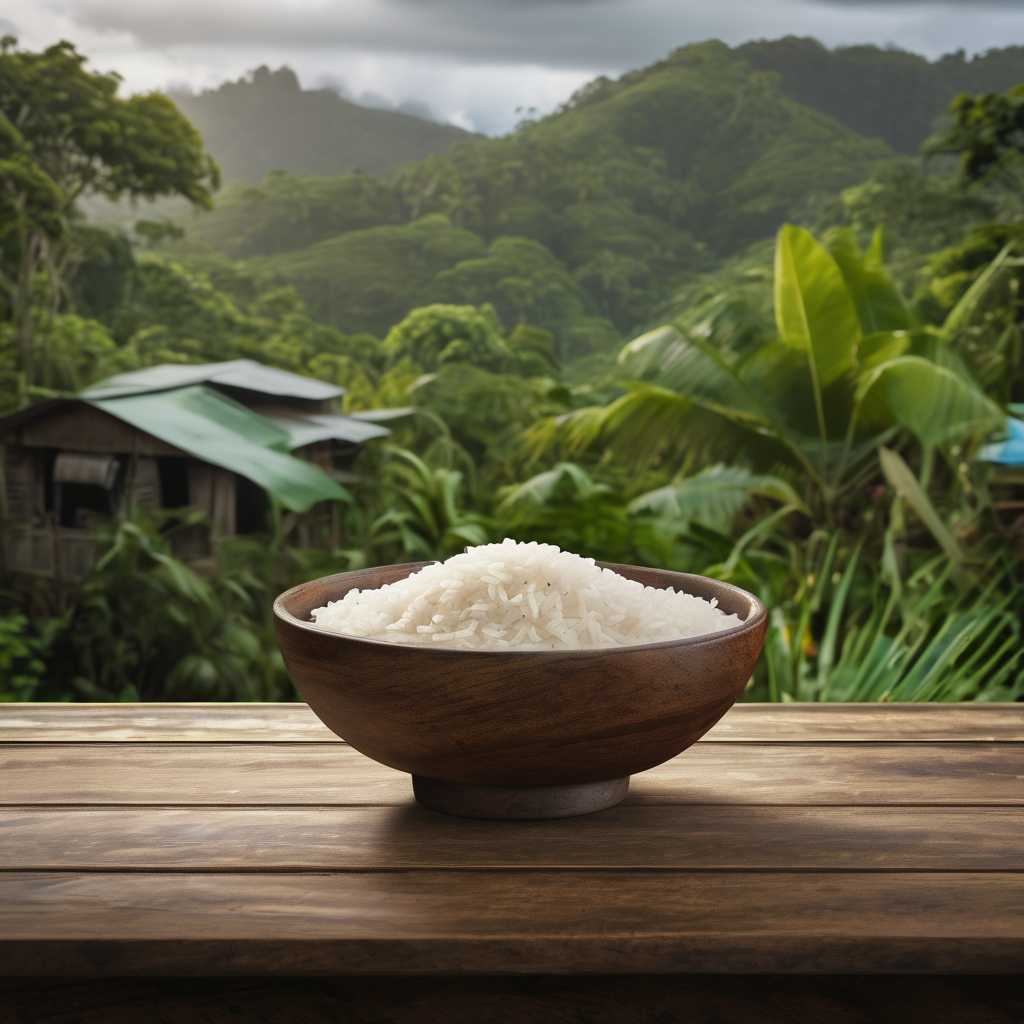A recent report from Save the Children, unveiled on World Food Day, indicates that climate change is exacerbating child malnutrition in the Pacific, specifically in Papua New Guinea, Solomon Islands, and Vanuatu. This study highlights a troubling combination of more frequent and intense climate-induced disasters, which severely impacts access to nutritious food for families in these regions.
The research demonstrates that climate change is significantly hindering food production, raising prices, disrupting livelihoods, and limiting access to markets. Consequently, this results in a decline in the availability and stability of fresh, healthy foods, pushing many families toward cheaper, less nutritious alternatives. In Melanesia, alarming statistics reveal that one in three children faces the consequences of malnutrition, including stunting, anemia, or being overweight. Specifically, 48.2 percent of children in Papua New Guinea are affected by stunted growth, while the rates are nearly 32 percent in the Solomon Islands and 29 percent in Vanuatu. Wasting prevalence in Vanuatu indicates that 8 percent of children under five are also affected.
The situation is worsened by a series of devastating cyclones, with Vanuatu experiencing three severe tropical cyclones in 2023 alone, including Tropical Cyclone Lola, which marked the earliest recorded Category 5 cyclone in the southern hemisphere. Annette, a 32-year-old mother in Vanuatu’s Shefa Province, shared her struggles: “The quality of some local produce is not what it was 10 to 15 years ago. I see children becoming malnourished because they’re not eating the right kinds of food.”
Recurring climate-related disasters, such as floods and cyclones, continue to destroy crops and disrupt local fisheries, leading to a critical lack of essential nutrients including protein, iron, and zinc. Additionally, these environmental crises have damaged crucial infrastructure for water, sanitation, and health services, particularly affecting isolated island communities.
During the vital first 1,000 days of life, children require optimal nutrition to lay the groundwork for a healthy future. However, the fragile food, health, and water systems across the Pacific are currently faced with a triple burden of malnutrition, encompassing undernutrition, rising obesity rates, and ‘hidden hunger,’ which denotes a deficiency in essential vitamins and minerals.
Polly Banks, Save the Children’s Vanuatu Country Director, emphasizes that the impacts of climate change are fundamentally undermining the necessary systems for child nutrition, making recovery from recent crises increasingly difficult and contributing to long-term developmental setbacks. She advocates for the integration of nutrition into climate adaptation measures and calls for improved approaches across crucial sectors like agriculture, health, and social protection.
In conclusion, Save the Children urges Pacific governments and partners to embed nutrition into climate adaptation policies and programs, aiming to safeguard vulnerable populations and enhance resilience against ongoing climate challenges. Though the hurdles are daunting, coordinated action presents a hopeful pathway to mitigate the severe impacts of climate change on child nutrition in the Pacific, ensuring a healthier future for the region’s children.
